In the early 1930s, Boston architect Chester Lindsay Churchill was commissioned to design the new Christian Science Publishing Society headquarters to compete with the other grand newspaper headquarters of the day. The New York Daily News building had its famous gigantic spinning globe, which inspired the Christian Science Monitor to create something on a similarly grand scale.
Enter the Mapparium globe, a three-story-tall, inside-out stained-glass globe that is bisected in the middle by a glass walkway. Once illuminated with hundreds of lamps, today it glows with the light of LEDs. It is part of an exhibit called How Do You See the World?
This unique depiction of the planet gives visitors a rare chance to see the world in a way that doesn’t distort the surface of the Earth. Even when looking at an accurate globe, the relative sizes of the continents are distorted by perspective, as the spherical shape causes different regions to appear at different distances from the eye. But with a view from the very center of a globe, looking out, the eye is the same distance from every point on the map.
It is fascinating to view the Earth this way for the first time. Africa is huge. North America, Europe, and Asia are all jammed up against the North Pole. You have to look nearly straight up to see them. Sizes and locations of continents and countries you’ve always taken for granted are suddenly unfamiliar.
While the relative size and position of the continents are correct, the map’s political boundaries are long out-of-date. The Mapparium globe hasn’t changed since 1935. It’s still possible to find Siam and French Indochina, but not Israel or Indonesia. The USSR looms large. Africa remains a large block of European colonies.
The most curious part of all about this exhibit is its acoustics. When you stand at the center of the perfect sphere, you can hear your voice in full 360-degree surround sound. The curved glass walls do not absorb the sound waves, but reflect them back. That’s also why those at one end of the bridge can hear the whisper of those at the opposite end—loud and clear. This effect is called a “whispering gallery.”
Know Before You Go
Photography is not permitted inside. Paid admission is required for guided tours.








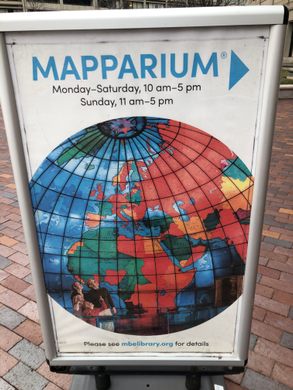
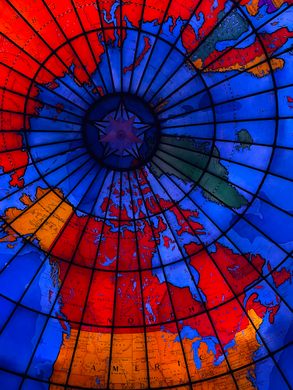
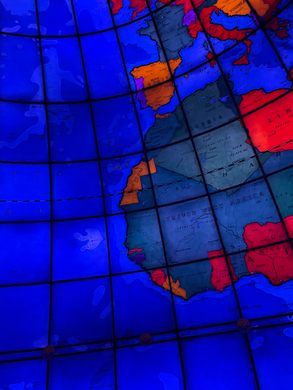
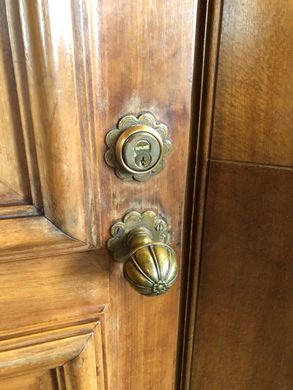

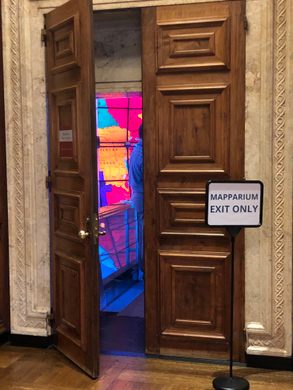

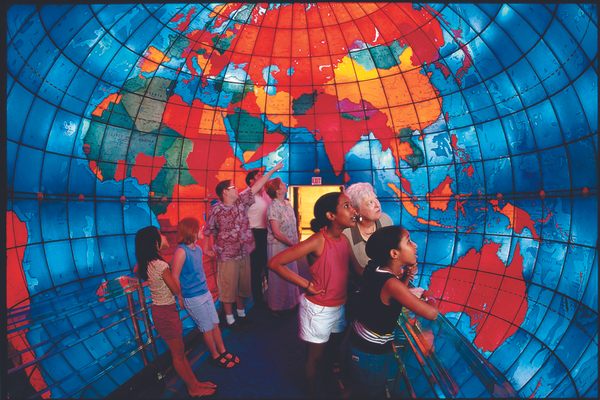










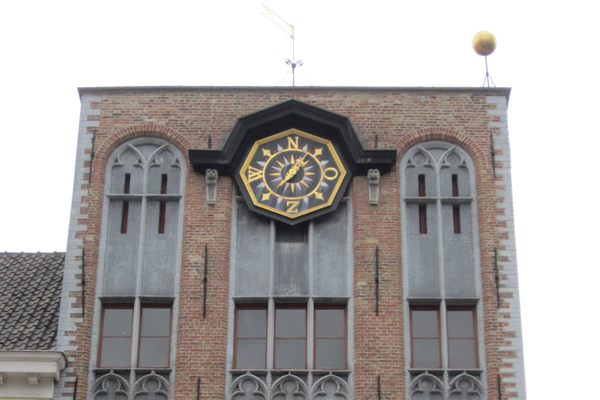









Follow us on Twitter to get the latest on the world's hidden wonders.
Like us on Facebook to get the latest on the world's hidden wonders.
Follow us on Twitter Like us on Facebook